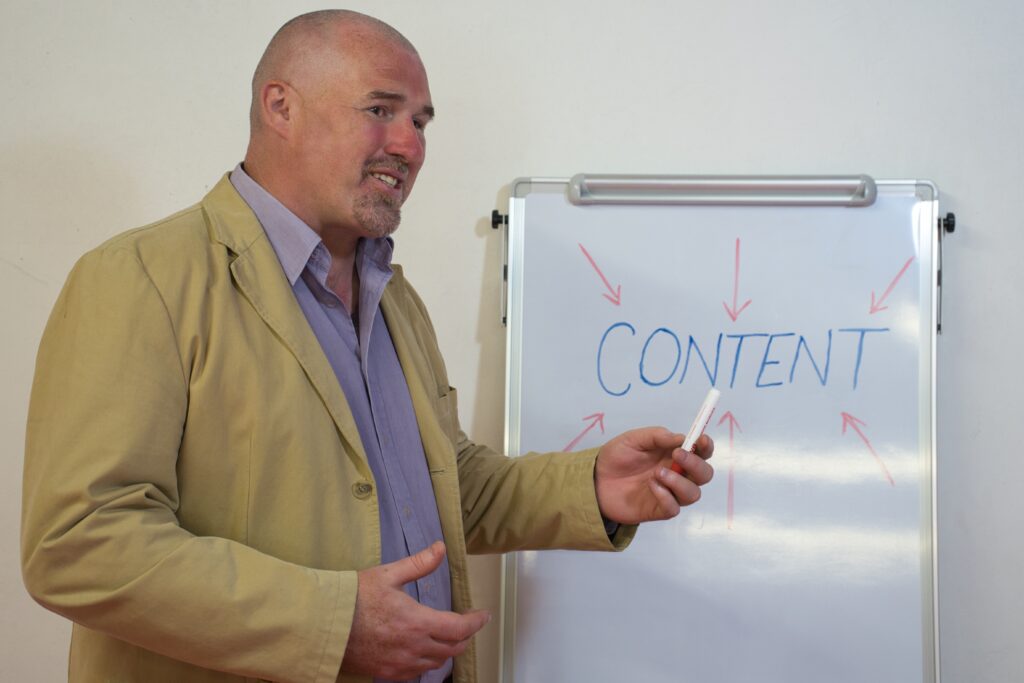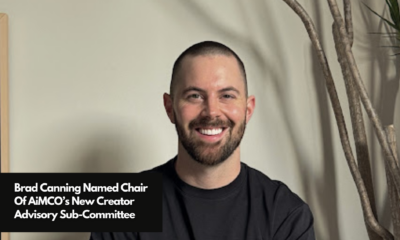Strategy
Communities Over Clicks: How Different Think Is Redefining Social Media ROI
“Social media is like having your own personal television channel in your pocket that you can access the world at any given point,” explains Matt Stait, founder of Different Think.
As consumers increasingly rely on social media platforms for product and content searches, a significant shift is reshaping online behavior.
Research conducted by Forbes and Talker Research in April 2024 reveals that 45% of Gen Z prefer “social searching” on platforms like TikTok and Instagram over traditional search engines.
This transformation signals deeper changes in how businesses and creators approach social platforms—moving from broadcasting messages to building lasting relationships. The focus on viral content and follower counts is transitioning to sustainable community building.
For Matt, the importance of engagement is getting more emphasis in industry conversations: “What we’re doing, if we’re doing this correctly, is having a conversation. We’re putting content out there, opening dialogue, but then we have that two-way dialogue that builds the friendship, the trust, and those relationships.”

Different Think’s Distinctive Approach
Recognizing this shift early, Matt built Different Think to help businesses thrive under these new dynamics. The company emerged from his own experience seeking guidance in social media marketing.
“There was nobody really in the space that I could find teaching it in the way that I wanted it to be taught,” he explains. “So I went out, did it, and succeeded. I had massive followings, did massive viral videos, and then I started mapping that down and translating that into other people’s businesses.”

Different Think prioritizes sustainable community development over short-term metrics. “Most people don’t figure out where they want to be and what they want their social media to do when they start,” Matt observes. “Everyone is so used to making content, everyone is so used to short-form video,” Matt notes. “We have to think, ‘Well, what’s next? What’s going to be interesting about what we do now?’”
The company begins each client relationship with thorough analysis: “We’ll have a sit-down, and we’ll look at where they’re at, what they have if they have anything, and do a sort of mini audit,” Matt explains. “Then we’ll have a bit of a conversation around what they actually want. Because obviously, you can say, generically, if you’re going on TikTok, you should post eight to ten times a day. But you’re forgetting that many of these small businesses work all the time, their budget is minimal, and they just don’t have the time and energy for that.”
Implementation Strategy: The Community-First Framework
Different Think’s implementation strategy revolves around platform-agnostic principles that build genuine connections. “When you look at it and say, ‘Well, five years from now, I want this to be bringing in lots of leads’ – that’s a different journey to ‘I want to have a million followers,'” Matt emphasizes. “What we’ve got to do is find where we can say, ‘Okay, well, what can you commit to, what is reasonable, what is doable?’”

This methodology applies across various platforms. “You can say the same thing on different platforms; you’re just saying it in a way that resonates best on that platform,” Matt notes. He elaborates with his room analogy: “If you’re walking into a room, and in that room, there’s your wife, husband, significant other. In another room, there’s your boss. In another room, there’s your best friend from childhood… You would speak to each of those people in the same language but with a different inflection.”
The strategy involves extensive preparation before any content creation begins: “It’s a long process before anyone makes a single piece of content,” Matt reveals. “We can start doing some homework, looking at the niche, looking at other profiles, looking at what other people are doing, what they’re doing well, what they do not so well. Start framing out content ideas and strategies.”
Proven Results Through Sustainable Growth
Different Think’s effectiveness is demonstrated through tangible outcomes. Matt shares a success story about a charitable organization he supported. The organization connected independent community activists, creating a unified space for collaboration.
“They’ve created this wonderful space now, which is fantastic, and it’s doing an awful lot of good in the world,” Matt explains. “They’ve all now got this sort of space to be in and communicate with one another, hold each other up, and help solve each other’s problems.”
This success wasn’t achieved through paid advertising or viral marketing tactics. Instead, it came from carefully implementing Different Think’s organic growth strategy.
“When looking at paid clients, you can talk about it from the point of view of ROI, of what sort of profits they’ve made,” Matt notes. “But I like to look at it from the community building sense and the being seen kind of sense, which is more where I focus for organic growth.”
This approach requires patience and commitment: “It’s a 3-month, 6-month, 12-month strategy over the longer term. You haven’t got that instant poof. It’s that slow, gradual build, which is actually a much healthier way to do things.”
Future Directions in Social Media
Looking to the future, Matt sees several interconnected trends reshaping social media. The most prominent shift is toward more authentic, unpolished content.
“We’re seeing a lot more in the way of just raw how you are accessible content,” he observes. “Not necessarily polished, not necessarily lots of edits and special effects… more documentation sort of style.”
Platform developments reflect these changes. “The platforms themselves have really sort of stepped up with their short-form video content,” Matt notes. “Facebook and YouTube with shorts and things are really pushing into that now. And, of course, it’s grown. As anticipated, it was likely to take on a huge percentage of the Internet space, and it’s done exactly that.”
AI technology presents new opportunities and considerations. “It’s already made a huge difference in the past few years,” Matt observes. “The technology has leaped forward so much. It’s a great way to cut time-consuming tasks down and get a lot of hands on something without actually having a lot of hands.”
However, he cautions against overreliance: “Again, we’ve got to be careful that we don’t get into this world where everything we do is AI generated and nothing is real anymore.”
A New Framework for Creator Economy Success
Success in social media requires strategic planning and realistic goals. “You’ve got to figure out realistically how they can get from A to B,” Matt emphasizes. “That’s different for everybody because, again, you can say generically what should be done, but you’ve got to look at what’s actually possible and sustainable.”

Success in this new era, Matt notes, demands one to craft authentic content and be consistent. “Decide how you’re going to present yourself,” he advises. “Keep that as true to yourself and as real as you can be. Just make sure that’s consistent, it’s regular, and it’s fundamentally you.”
He concludes with a crucial observation about contemporary content creation: “When you look many of the creators and influencers, they are now professionals – there’s no other word for it – and companies are paying them substantial amounts of money to make content; it’s getting very sophisticated.”





















